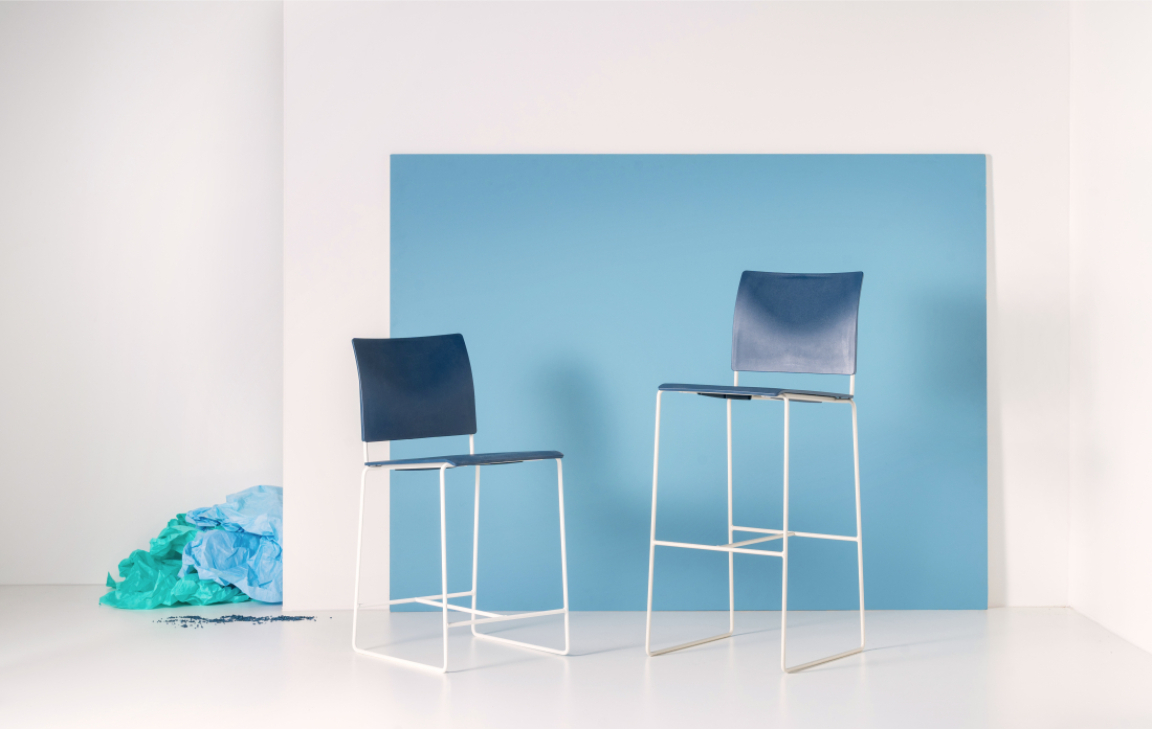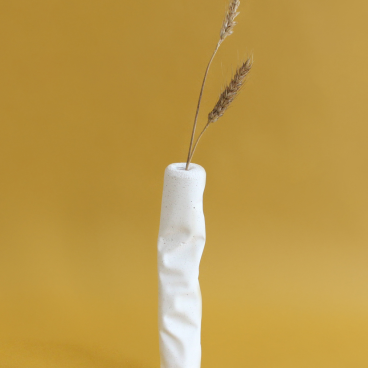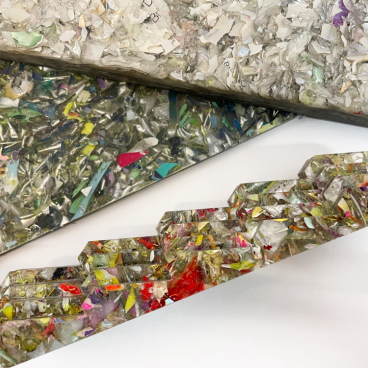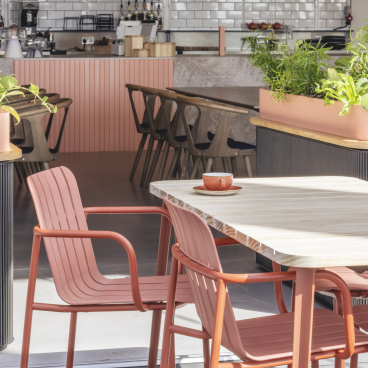Year in review: Top innovation of 2022.
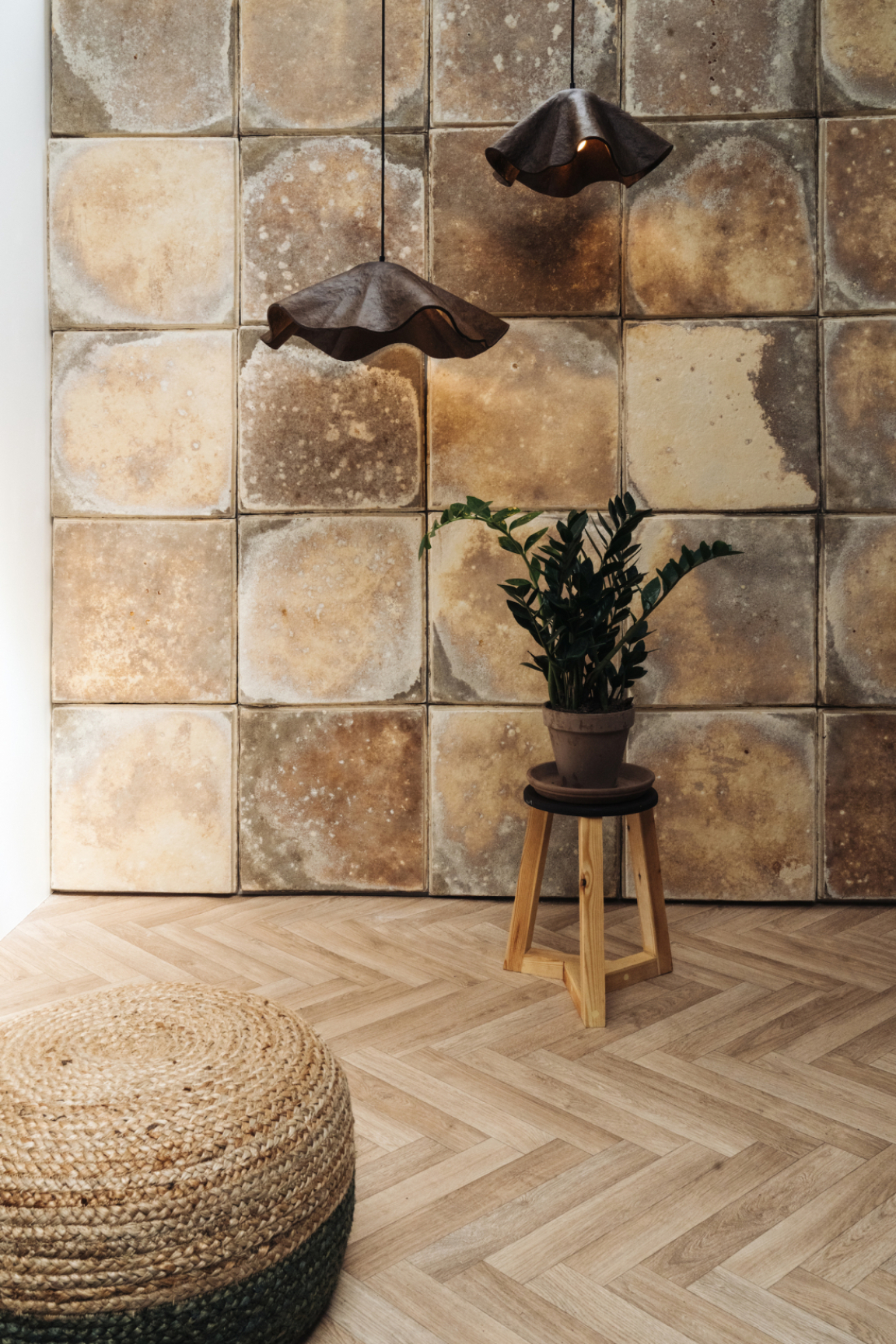
BIOHM
Continuing our annual review, we take a look back at some of the most popular sustainability projects of the last year.
From designers conjuring up material creations from plant based matter to stools made from hospital waste, we've been nothing short of inspired by the sheer level of innovation on show.
Here's a selection of the articles that resonated with you the most.
Top 23 biomaterial designers to watch in 2023.
Biomaterials and their application are thankfully on their way to becoming an ever-present consideration within the built environment.
The bio-based cohort included in this year's 'top biomaterial designers to watch' article reap innovative and regenerative material outcomes from unique and unexpected waste-streams, helping to restore and sustain a brighter future for the built environment.
Here we share some of the industry’s finest, both up-and-coming and established, for consideration in your next project.
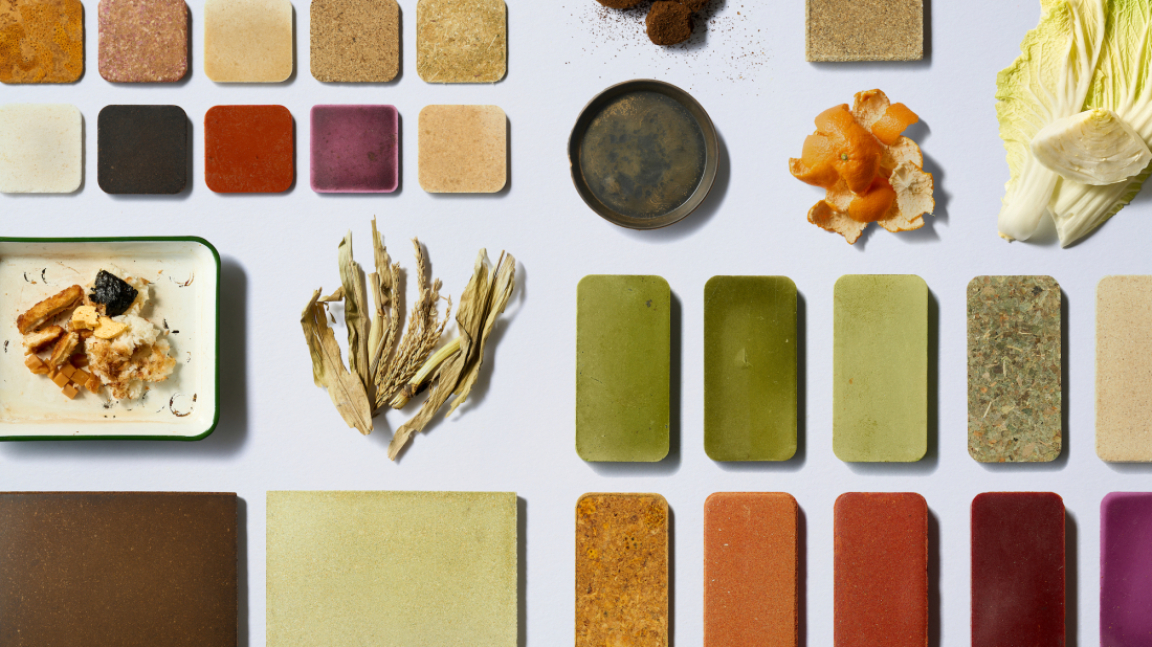
Fabula
Graduate spotlight: Interior designer and circular thinker, Lucia Mills.
Concluding our graduate spotlight series is Lucia Mills, a forward-thinking and benevolent interior design graduate from Manchester School of Art, determined to reinvent community spaces and food waste simultaneously.
Mills’ graduate project, Seasons is a socially compassionate enterprise that inspires reassessed ways of living that support the surrounding environment and local community.
By promoting an inspiring and serene social destination, the project proposes to unite members of the community to shop and eat together, giving people the flexibility to pay within their means, astutely rupturing the stigma associated with food banks.
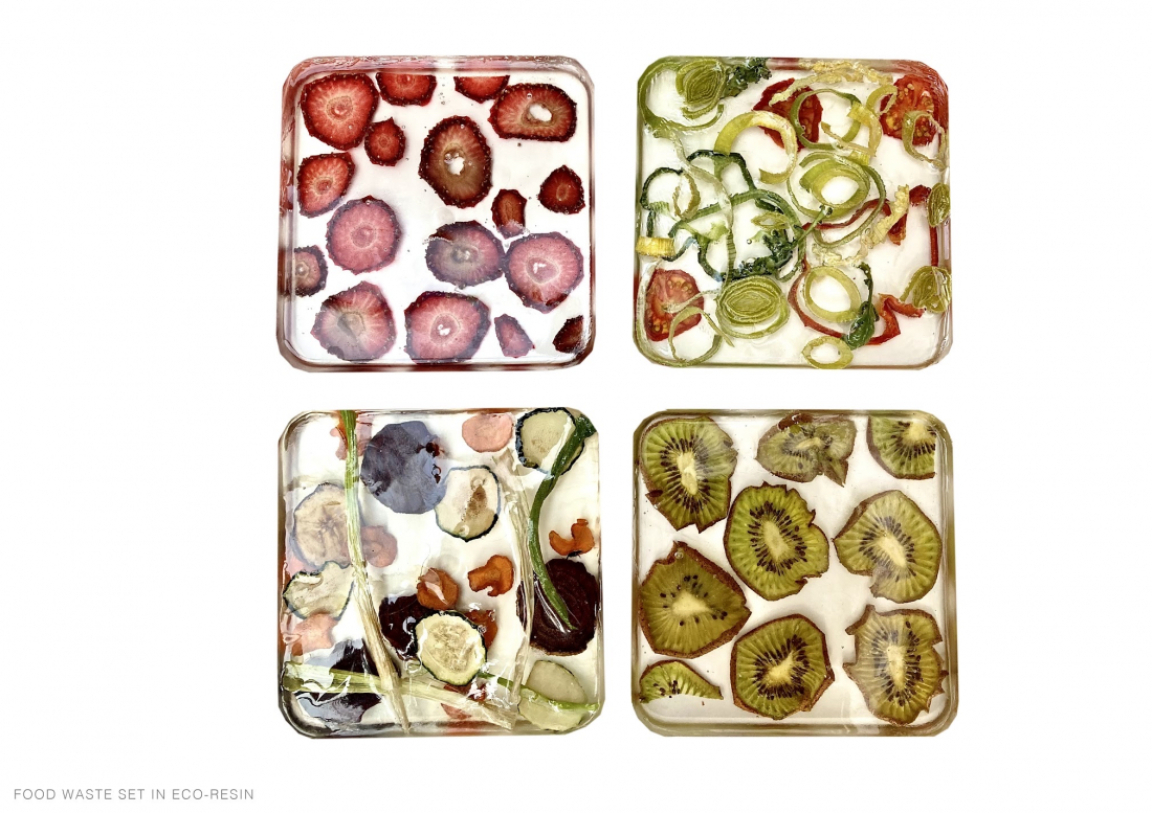
MSS Presents: A Celebration Of From The Ground Up & Biohm's vision of a biomimetic future.
To mark the close of our Gallery's first ever exhibition, From The Ground Up - a celebration of biomaterials - we hosted an event to showcase the sheer innovation that's been on display.
Kicking off the evening was a talk from Oksana Bondar, design director at BIOHM, one of the show's 22 exhibitors, on the possibilities of a biomimetic future, and how that might look.
"When we look at the natural world", began Oksana, "waste is non existent. All organisms know their roles and functions. And we as humans are programmed to work in harmony with the natural world. Biomimetics is a direct collaboration with nature."
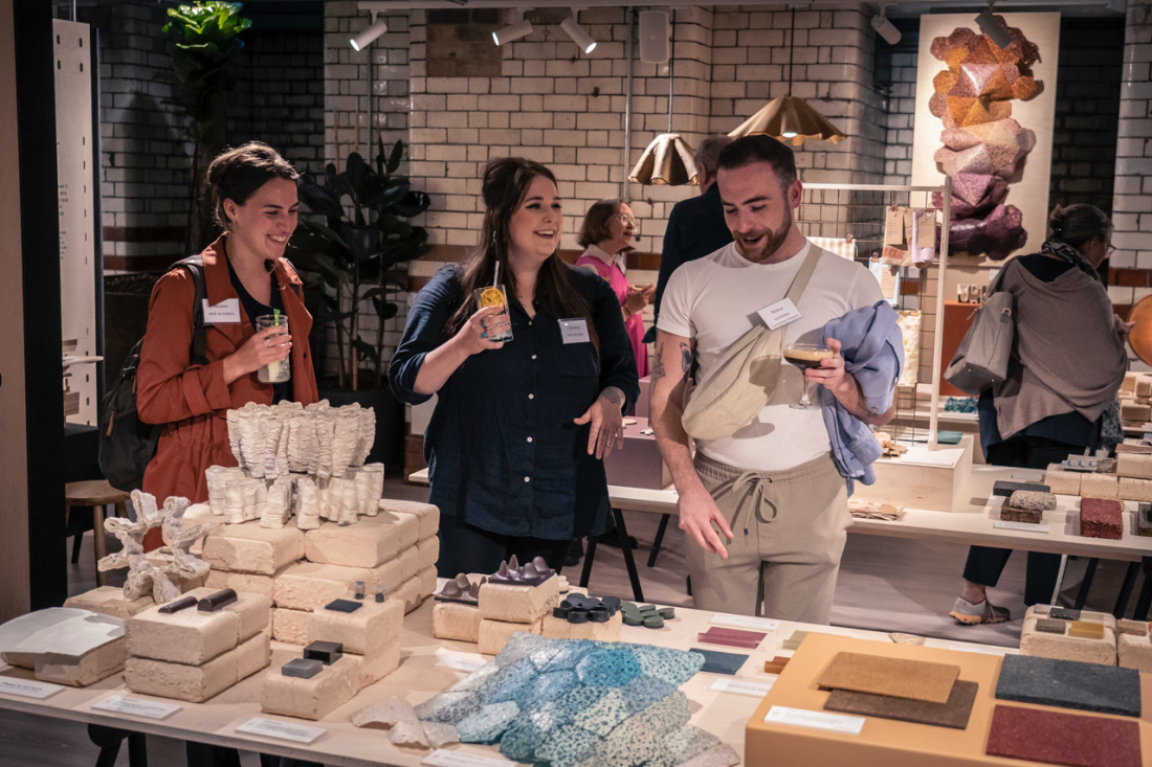
Credit: Tim Ainsworth
Cocoboard: Sustainable coconut-based panels.
NaturLoop, a Swiss company, has been developing products using biocomposites made from agricultural byproducts and natural adhesives.
Its first innovation, Cocoboard® is made from coconut husk fibres and tannin extracts. It is suitable for furniture and interior architecture alike.
In preparing the raw material for Cocoboard®, coconut fibre, or “coir”, is extracted from the husk of the coconut fruit. The coconut fibre is processed and combined with a bio-based adhesive, a specific formulation by NaturLoop. The concept is rather timely, as there are about 21 million tonnes of unused coconut husks in farms globally, wasting their potential value. Coincidentally, the coconut farmers are also said to be the poorest workers in the agricultural sector.
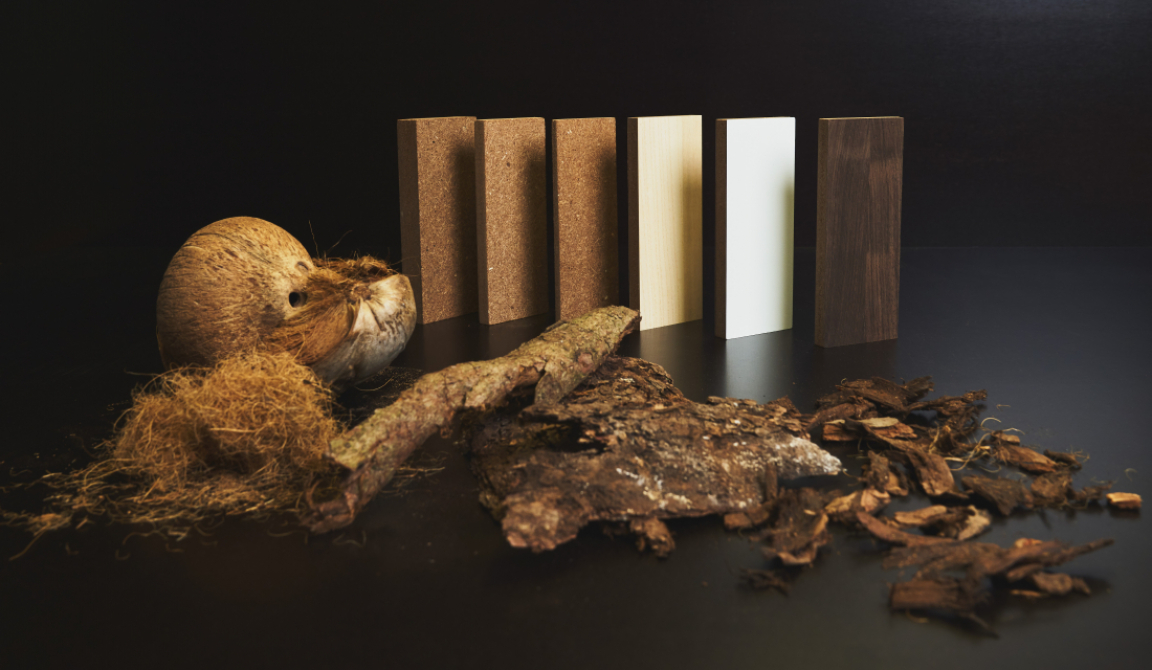
Nomique's Blue Finn sustainable stools repurpose hospital waste.
The supply of sterile instruments for operating theatres is a top priority for hospitals. To keep these instruments sterile, they are covered with wrapping material, in many cases: Bluewrap. And although this waste material cannot be prevented, reducing waste is an important objective for every hospital.
Bluewrap consists of 100% polypropylene, so-called meltblown and spunbond homopolypropylene. Bluewrap does not look like plastic but rather like a fibrous material. Nevertheless, polypropylene is easy to recycle. However, it does require a different recycling process than, for example, the recycling of PET bottles. Bluewrap is used, discarded and then collected in cooperation with a waste collector.
